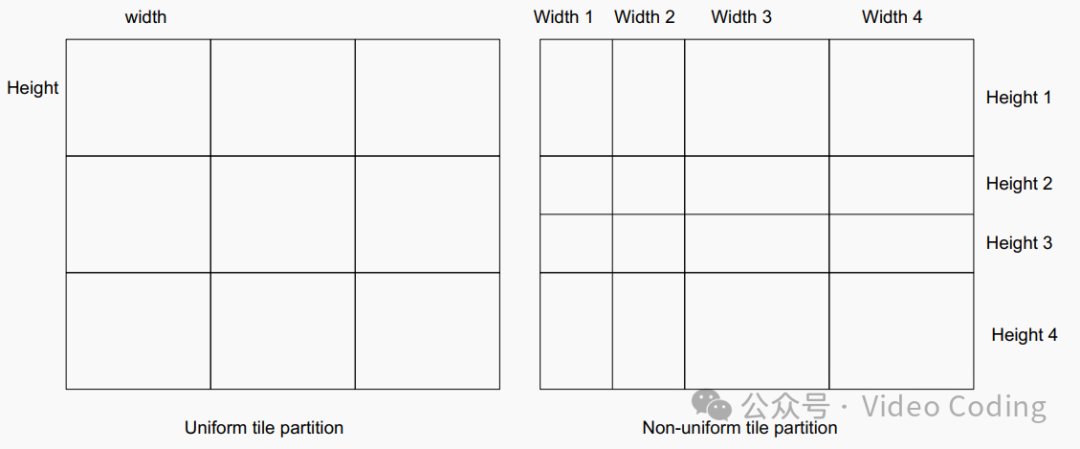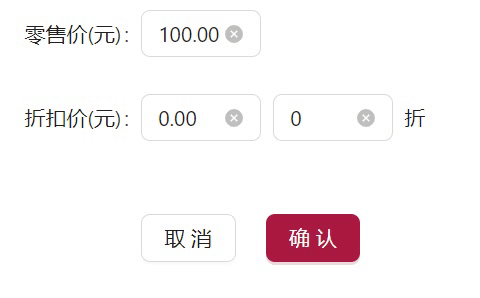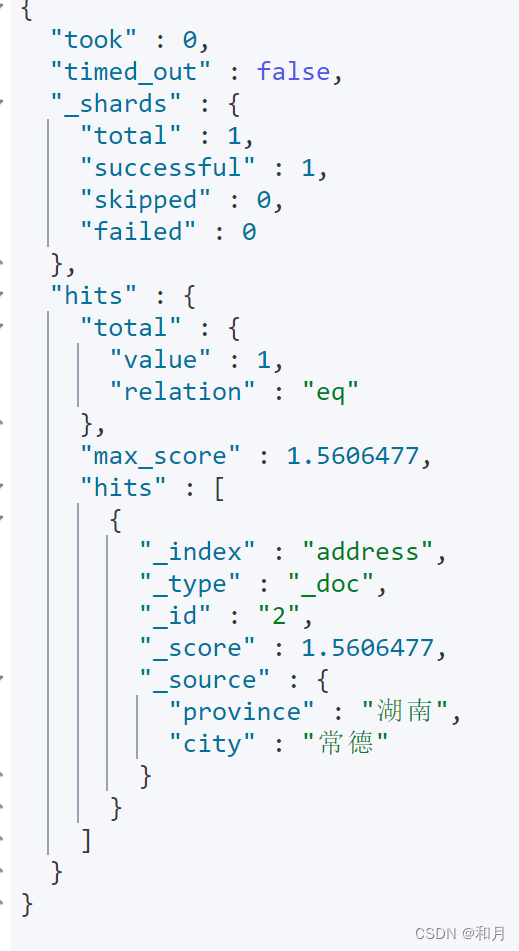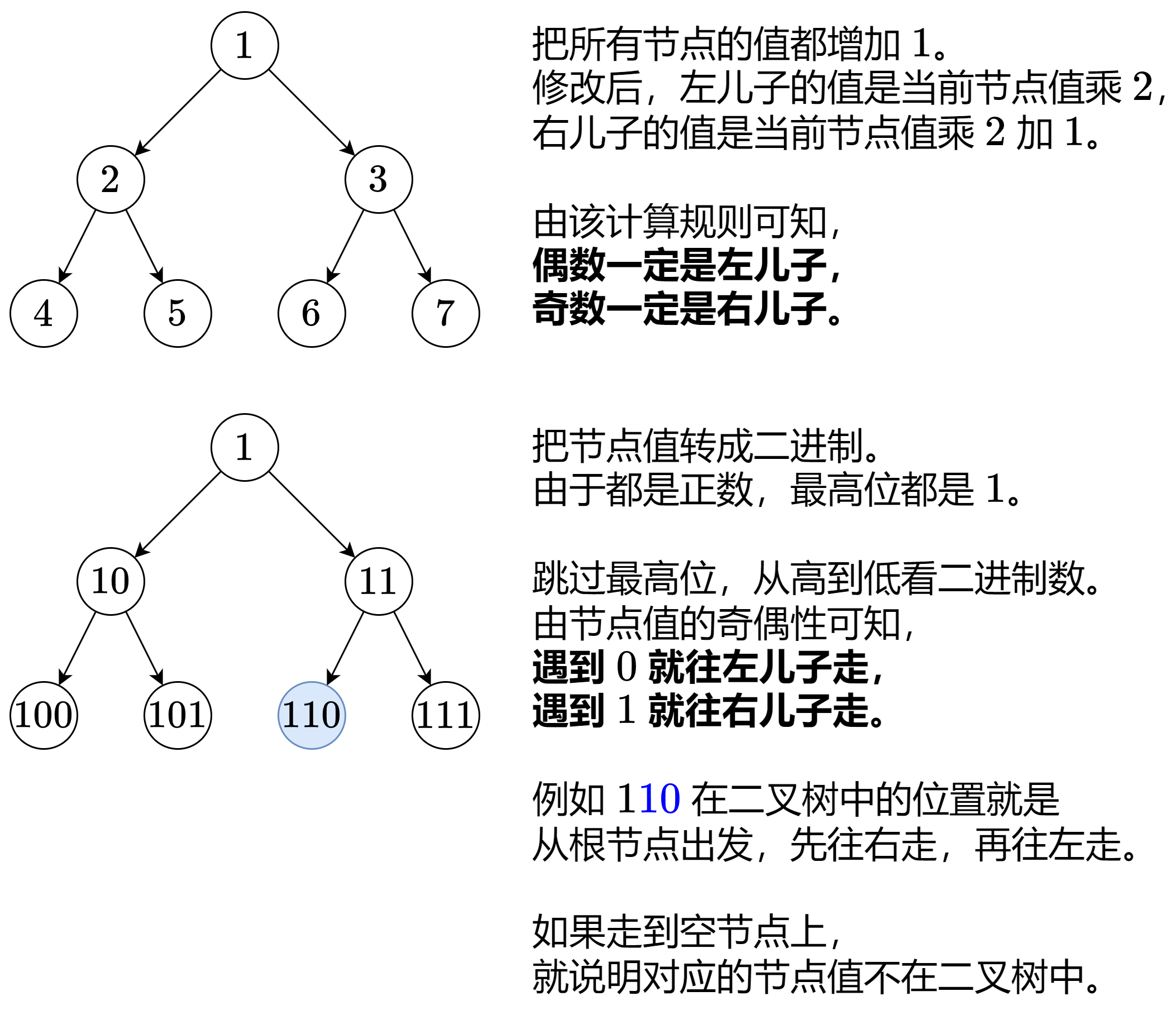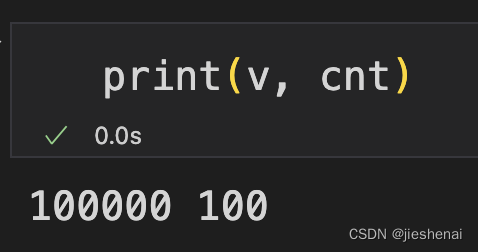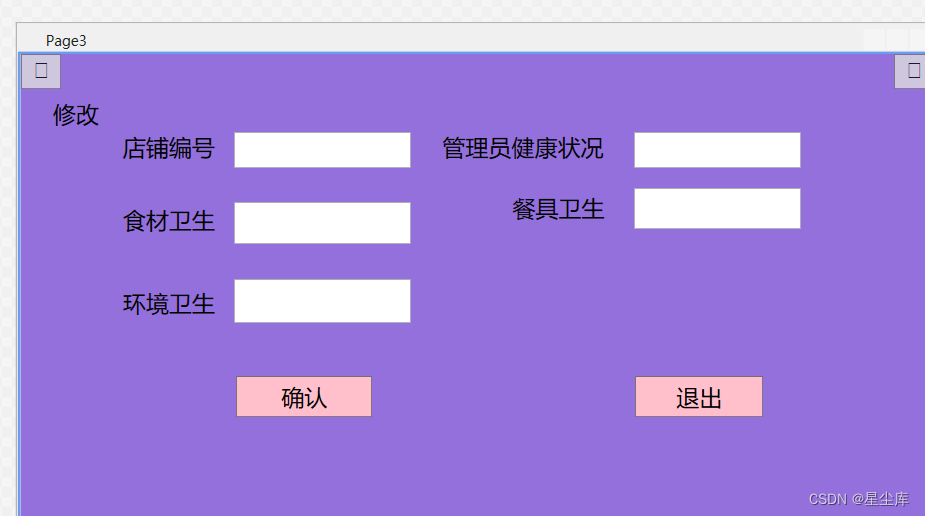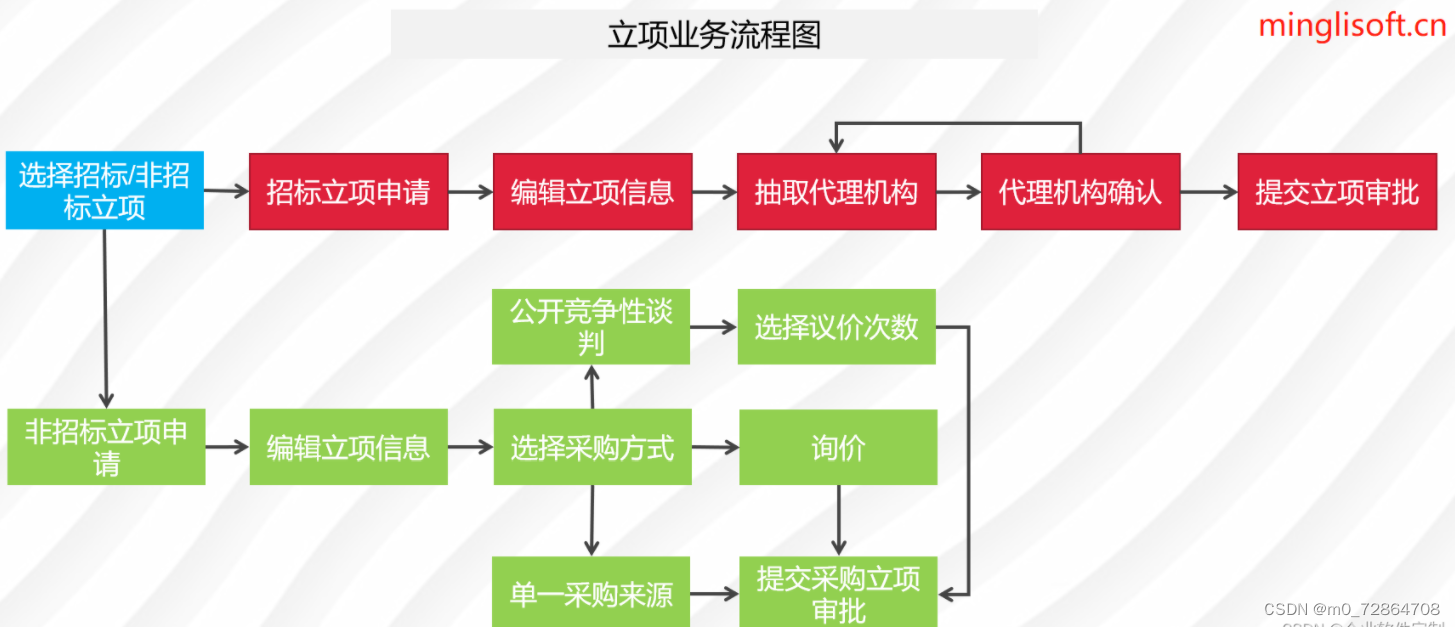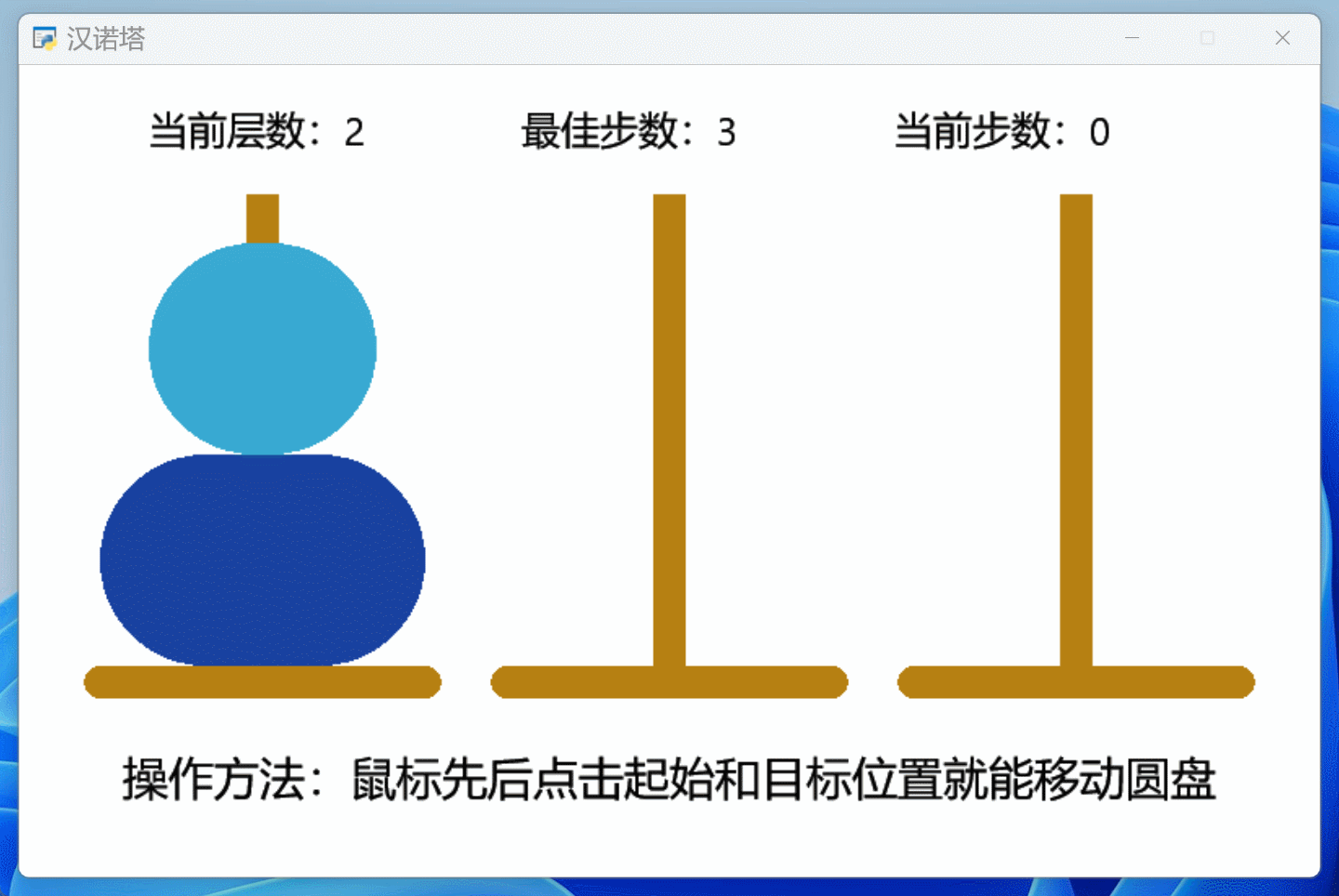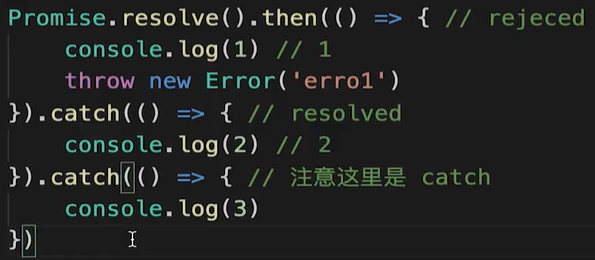接前一篇文章:零知识玩转AVH(1)—— 初次接触
前一篇文章讲了AVH是什么,本文开始,详细AVH具体怎么玩。
由前一篇文章中提到的CSDN工作人员对于活动的说明,可以得出以下信息:
1. 这个任务是分两个子任务:门槛任务和通过门槛任务后才能开始的最终任务;
2. 门槛任务难度不高,但最终任务不好说;
以下给出本次活动的细节:
诚邀各位开发者根据百度智能云虚拟硬件(AVH)镜像构建自己的作品,可以在虚拟环境中模拟各种不同的硬件配置和场景,全程需使用到AVH的核心开发工具FVP模型,欢迎大家将使用过程中的经验和心得感受写成文章,与大家分享您的宝贵经验。
demo要求:
1. demo自主开发,或在提供实例上延展。
2. 过程中需要使用到fvp模型。文章要求:
1. 文章代码必须运行在百度智能云AVH实例镜像中。
2. 结尾必须包含个人的真实感受以及总结。
3. 文章必须是原创,如果出现部分话术抄袭其他博文或完全依赖GPT进行书写,将取消活动资格,并取消活动所有权益。
活动激励:
1. 完成实验即可领取活动周边一份。
2. 筛选通过后输出demo&文章费用2000元RMB。
步骤①
跑通客户提供的小实例并提供截图(此步骤耗时少,为活动报名门槛)
请参考 《FYI筛选指南》,里面有5个实例,请见下链接:https://img-operation.csdnimg.cn/csdn/silkroad/img/1706579029783.pdf
步骤②
客户单聊筛选。明确demo场景、方向。步骤③
demo、稿件输出期,并发布至个人博客,触达粉丝参与产品体验。
由上可见,步骤1即是门槛任务。
步骤1中的《FYI筛选指南》里提到的5个实例的链接分别如下:
- https://github.com/ArmDeveloperEcosystem/Paddle-examples-for-AVH (推荐,内含 ML 视觉用例,包括:图像分类、目标检测、光学字符识别、目标分割等)
- https://github.com/Arm-Software/AVH-TFLmicrospeech (ML 语音用例,包括关键词唤醒)
- https://github.com/Arm-Software/AVH-AWS_MQTT_Demo (MQTT 功能测试)
- https://github.com/Arm-Software/CMSIS-RTOS2_Validation (RTOS 跨平台验证)
- https://github.com/Arm-Examples/Hello_AVH (虚拟数据流接口 VSI功能演示)
此外,另有最为关键的两个步骤指导文档:
- 产品订阅指南
arm-avh-best-practice-project-product-subscription-guide-cn.pdf

- 产品订阅指南
arm-avh-best-practice-project-fvp-model-getting-started-guide-cn.pdf

这里,笔者就选择活动推荐使用的项目:
https://github.com/ArmDeveloperEcosystem/Paddle-examples-for-AVH
页面如下:
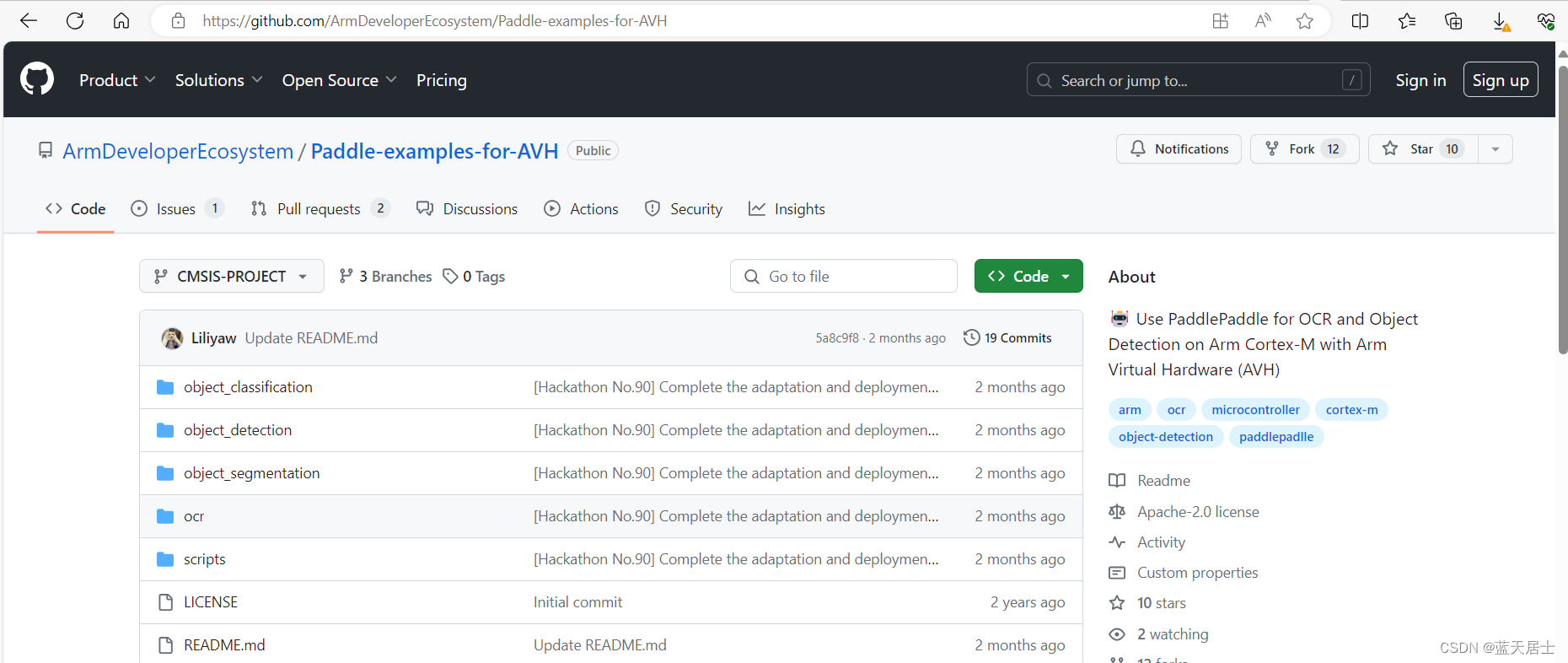
从项目包含的目录名称就能看出来,与上边所说基本一致,此项目内含 ML 视觉用例,包括:图像分类、目标检测、光学字符识别、目标分割等。
先来看一下此项目的README.md:
Paddle Examples for Arm Virtual Hardware(AVH)
Arm Virtual Hardware(AVH)
Arm Virtual Hardware(AVH) scales and accelerates IoT software development by virtualising popular IoT development kits, Arm-based processors, and systems in the cloud. It is an evolution of Arm’s modelling technology that removes the wait for hardware and the complexity of building and configuring board farms for testing. It enables modern agile software development practices, such as DevOps and MLOps workflows.
Arm虚拟硬件(AVH)通过虚拟化流行的物联网开发套件、基于Arm的处理器和云上系统来扩展和加速物联网软件开发。这是ARM建模技术的一次进化(演变),其消除了对硬件的等待以及构建和配置板场进行测试的复杂性。它支持现代敏捷软件开发实践,如DevOps和MLOps工作流。
Arm Virtual Hardware is available for Corstone platforms and Cortex processors via an Amazon Machine Image (AMI) on AWS Marketplace as well for third-party hardware available via Arm’s SaaS platform.
Arm虚拟硬件可通过AWS Marketplace上的Amazon Machine Image(AMI),用于Corstone平台和Cortex处理器,也可通过Arm的SaaS平台用于第三方硬件。
For examples in this repository, we use Arm Virtual Hardware with Corstone platforms and Cortex processors via AWS.
例如,在本仓库中,我们通过AWS将Arm Virtual Hardware与Corstone平台和Cortex处理器一起使用。
Paddle
Paddle (PArallel Distributed Deep LEarning) is a simple, efficient and extensible deep learning framework developed by Baidu, Inc. As the first independent R&D deep learning platform in China, it has been officially open-sourced to professional communities since 2016. It is an industrial platform with advanced technologies and rich features that cover core deep learning frameworks, basic model libraries, end-to-end development kits, tools & components as well as service platforms. For more details, please refer to PaddlePaddle Github for details.
PaddlePaddle(PArallel Distributed Deep LEarning,并行分布式深度学习)是由百度股份有限公司开发的一个简单、高效、可扩展的深度学习框架。作为国内首个独立的研发深度学习平台,自2016年起正式向专业社区开源。它是一个技术先进、功能丰富的工业平台,涵盖了核心深度学习框架、基本模型库、端到端开发工具包、工具和组件以及服务平台。更多详细信息,请参阅PaddlePaddle Github。
Example
We provide 4 use cases in this reposiotry (ocr, object_classification, object_detection and object_segmentation) To run the demos in Arm Virtual Hardware context, please follow these 3 steps:
本仓库中提供了4个用例(ocr、object_classification、object_detection和object_segmentation)要在Arm Virtual Hardware上下文中运行演示,请遵循以下3个步骤:
1. Set up running environment
When you try to run the demo for the first time, you need to set up the running environment in AVH instance by the following command.
当第一次尝试运行演示时,需要通过以下命令在AVH实例中设置运行环境:
cd /path/to/Paddle-examples-for-AVH
sudo bash scripts/config_cmsis_toolbox.sh
sudo bash scripts/config_tvm.sh2. Run the demo
You must specify the model name (by parameter
--model) and the device name (by parameter--device) when you run the demo.
运行演示时,必须指定型号名称(通过参数 --model)和设备名称(通过参数 --device)。
cd /path/to/usecase
bash run_demo.sh --model model_name --device device_nameParameter options can be found in the following table.
参数选项见下表:
| Use Case | Model Name | Device Name |
|---|---|---|
| object_classification | MobileNetV3 PP_LCNet MobileNetV1 | cortex-m55 cortex-m85 |
| ocr | CH_PPOCRV2_CLS EN_PPOCRV3_REC | cortex-m55 cortex-m85 |
| object_detection | Picodet | cortex-m55 cortex-m85 |
| object_segmentation | PP_HumanSeg | cortex-m55 cortex-m85 |
For example, to run object classfication demo with PP-LCNet model on Arm Cortex-M55 platform, input the following command:
例如,要在Arm Cortex-M55平台上使用PP LCNet模型运行对象分类演示,请输入以下命令:
bash run_demo.sh --model PP_LCNet --device cortex-m55这样,就了解了此项目的大致作用和步骤。更多内容请看下回。

